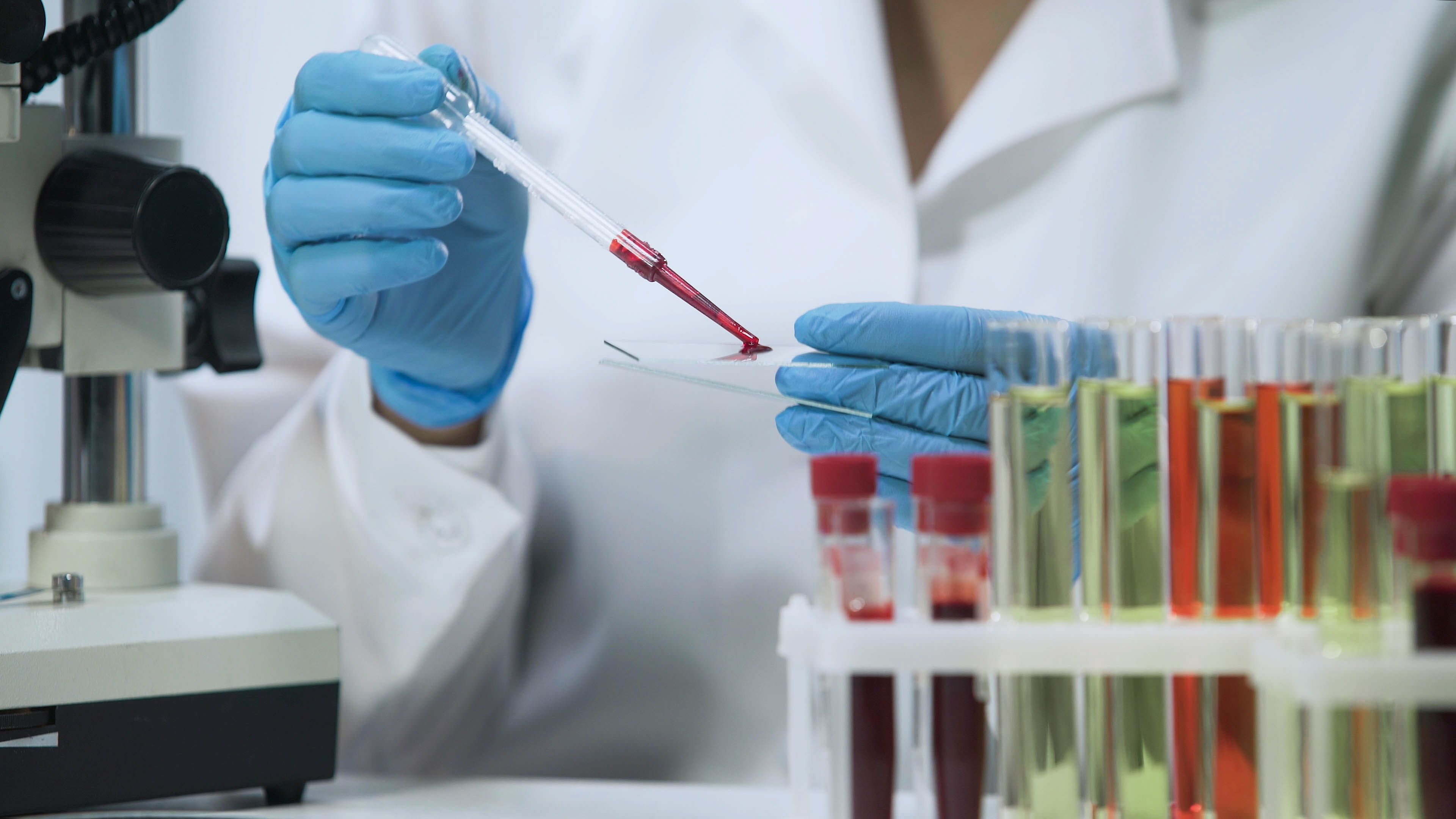Novel Strategies to Identify and Eliminate Latent HIV Cells
HIV reservoirs can remain dormant, reigniting infection at an opportune moment. New strategies seek to reignite these viral reservoirs so they can be identified and destroyed by the immune system.

Antiretroviral therapy (ART) is a highly effective treatment for patients living with HIV. However, infected cells can become latent, persisting as viral reservoirs that could reignite HIV infection if ART is stopped.
Some of these reservoirs have very long half-lives, and complete eradication could take over 60 years. Thus, eliminating these HIV cellular reservoirs is simultaneously a challenge and priority.
One common strategy is to administer molecules that reactivate the latent viruses while a patient is undergoing anti-HIV treatment, enabling the immune system to recognize and attack these once-dormant cells. Different classes of latency-reversing agents (LRAs) have varying potencies ex vivo. New research, published in eBioMedicine, examined DNA methylation, a chemical modification of DNA that maintains HIV-1 persistence but is not well understood.
The investigators showed that the cellular protein UHRF1 helps maintain HIV latency, encouraging the DNA methylation in the viral genome. By inhibiting UHRF1, through either molecular of pharmacological manipulation, the investigators reactivated the HIV cellular reservoirs. No longer latent, these HIV cells were primed to be detected and destroyed by the immune system.
This study utilized epigenetic interrogation methods, such as electrophoretic mobility shift assays, chromatin immunoprecipitation, and Infinium array, in HIV infection models. The investigators measured extracellular staining of cell surface receptors and intracellular metabolic activity of the drug-treated cells.
Anti-UHRF1 molecules have been previously utilized in cancer therapies to arouse latent virus reservoirs. A known UHRF1 inhibitor, Epigallocatechin-3-gallate (EGCG), can safely be administered to humans to ignite viral expression ex vivo.
Using cells isolated from 22 Belgian patients, the investigators demonstrated for the first time the ability of EGCG to reactivate HIV reservoirs. Simultaneously, the antiviral properties of EGCG limit the infection’s spread. Pharmacological inhibition of UHRF1 in ex vivo HIV cells resulted in a potent reactivation of latent viral reservoirs. “These results are encouraging for the development of innovative anti-HIV therapies based on UHRF1 inhibition,” the study authors concluded.
